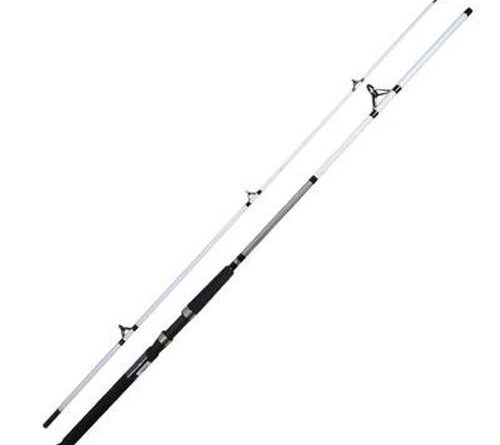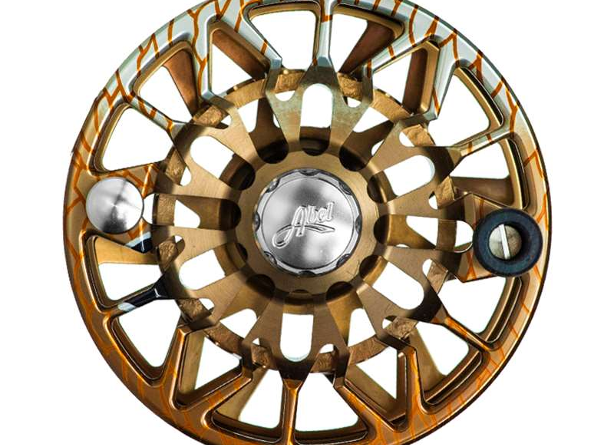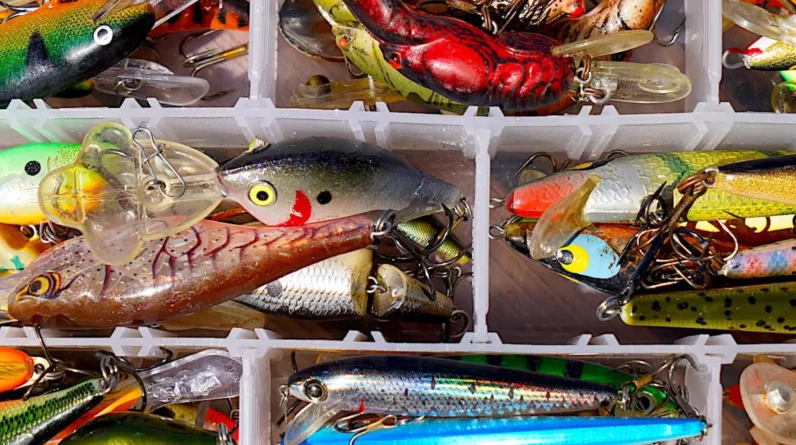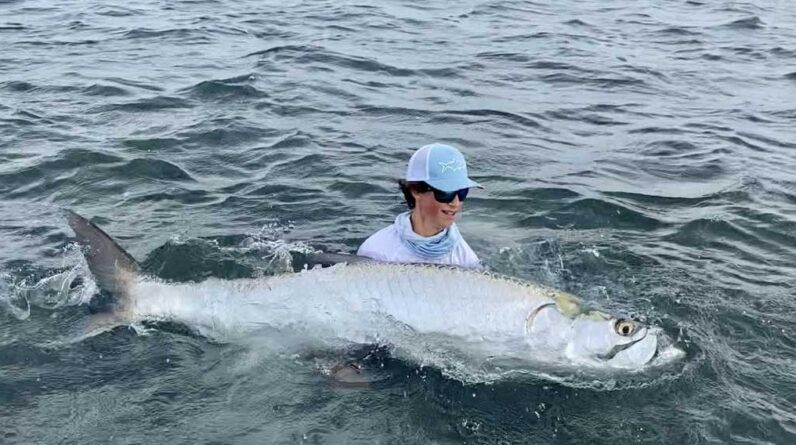Fishing is not just a hobby; it’s a way of life for many. Whether you’re an experienced angler or a novice looking to delve into the world of fishing, one aspect that cannot be ignored is the timing of your fishing expeditions. The concept of timing is often overlooked by many, but it plays a crucial role in determining the success of your fishing trips. In this Fishing Guide Blog, we will discuss the importance of timing in fishing and how it can significantly enhance your fishing experience.
Understanding the Role of Timing in Fishing
Fishing isn’t just about dropping a line in the water and hoping for the best. To become a successful angler and make the most of your fishing trips, you need to consider various factors, and timing is one of the most crucial ones. The time of day, season, and weather conditions all play a significant role in determining your fishing success.
Time of Day
One of the most critical aspects of timing in fishing is the time of day you choose to fish. Different species of fish are more active at specific times of the day. For example, many freshwater fish, such as bass and trout, tend to be more active during the early morning and late afternoon. This is because the water temperature is usually optimal during these times, and the fish are actively feeding.
On the other hand, some species, like catfish and walleye, are often more active during the night. Night fishing can be a fantastic experience, but it requires different techniques and equipment, such as specialized lighting and bait.
In coastal and saltwater fishing, tide schedules play a significant role. Certain fish, like redfish and speckled trout, are more active during incoming tides when baitfish move into shallower waters. Paying attention to tide charts can help you plan your fishing trips for maximum success.
Seasonal Timing
The season in which you fish can also greatly impact your fishing experience. Different fish species have distinct spawning and feeding patterns that coincide with particular seasons. For example, in colder regions, ice fishing is popular during the winter months, targeting species like perch and walleye, which are more active in cold water.
Spring is often a prime time for fishing, as many fish species become more active after the winter. Spring is when you’ll find bass, crappie, and panfish in shallow waters as they move closer to shore to spawn.
In the summer, fish may move to deeper waters to escape the heat, requiring you to adjust your techniques and equipment accordingly. Fall is a great time for fishing as well, as many fish are actively feeding to prepare for the winter months. It’s essential to understand the seasonal patterns of your target species to plan your fishing trips effectively.
Weather Conditions
Weather plays a crucial role in determining fishing success. Certain weather conditions, such as changes in barometric pressure, can impact fish behavior. Many anglers believe that a falling barometric pressure, often associated with incoming storms, can trigger increased fish activity, making it an excellent time to go fishing.
However, it’s essential to consider the specific weather preferences of your target fish species. For example, some fish may become less active during very hot or very cold weather, while others, like pike, may become more aggressive in cooler water temperatures.
The Importance of Local Knowledge
When it comes to timing, local knowledge can be invaluable. Fishing conditions can vary greatly from one location to another, and knowing the local patterns and preferences of fish species can make a significant difference in your fishing experience. This is where experienced local anglers and fishing guides come into play.
Local fishing guides are individuals who have extensive knowledge of the waters in a specific area. They understand the best times to fish, the most effective techniques, and the specific gear needed to maximize your chances of catching fish. If you’re traveling to a new fishing destination or are relatively new to the area, hiring a local fishing guide can be a game-changer.
Best Fishing Techniques for Different Timings
Now that we understand the importance of timing in fishing, let’s explore some of the best fishing techniques for various timings to enhance your fishing experience:
Early Morning and Late Afternoon
As mentioned earlier, these times are typically ideal for many freshwater fish species. During the early morning and late afternoon, the water temperature is more suitable for fish activity. To make the most of these times, consider using top water lures and baits. These lures create surface disturbances that mimic insects or small prey, attracting fish to the surface.
Additionally, during these times, fish often gather near structures like rocks, logs, or submerged vegetation. Casting your bait or lure near these structures can increase your chances of success. Pay attention to the direction of the sun, as fish may position themselves to minimize exposure to bright sunlight.
Night Fishing
Night fishing is a unique experience that requires special equipment and techniques. Using lights to attract baitfish is common, which, in turn, lures predatory fish. Fishing at night can be productive for species like catfish, walleye, and some types of bass. Consider using glow-in-the-dark lures or live bait for night fishing.
Tides and Currents
In coastal and saltwater fishing, understanding tides and currents is crucial. Fish often position themselves strategically to take advantage of these natural phenomena. Fishing during incoming tides is generally productive, as baitfish move into shallower waters, attracting larger predatory fish.
To capitalize on tide and current timing, you can use techniques like drift fishing, which involves letting the boat move with the current while presenting your bait or lure to waiting fish. This can be highly effective for species like redfish, snook, and tarpon.
Seasonal Fishing
To make the most of different seasons, it’s essential to adapt your techniques and gear accordingly. During the spring, when many fish are spawning, using lures that imitate baitfish or insects can be effective. In colder months, when fish are less active, using live bait that’s easier for them to locate and consume can be a better strategy.
Fall fishing often involves targeting fish that are actively feeding. Using crankbaits, spinnerbaits, or jigs to mimic the movement of injured or fleeing prey can lead to successful catches.
In the world of fishing, timing is an essential factor that can significantly impact your fishing experience. The best fishing techniques vary depending on the time of day, season, and weather conditions. Understanding the timing preferences of your target fish species and adapting your approach accordingly can make the difference between a successful fishing trip and a disappointing one.
Whether you’re a seasoned angler or a novice looking to improve your fishing skills, consider the importance of timing in fishing. Don’t hesitate to seek the guidance of local fishing guides who possess valuable knowledge about the waters in their area. With the right timing and fishing techniques, you can enhance your fishing experience and create lasting memories on the water.






